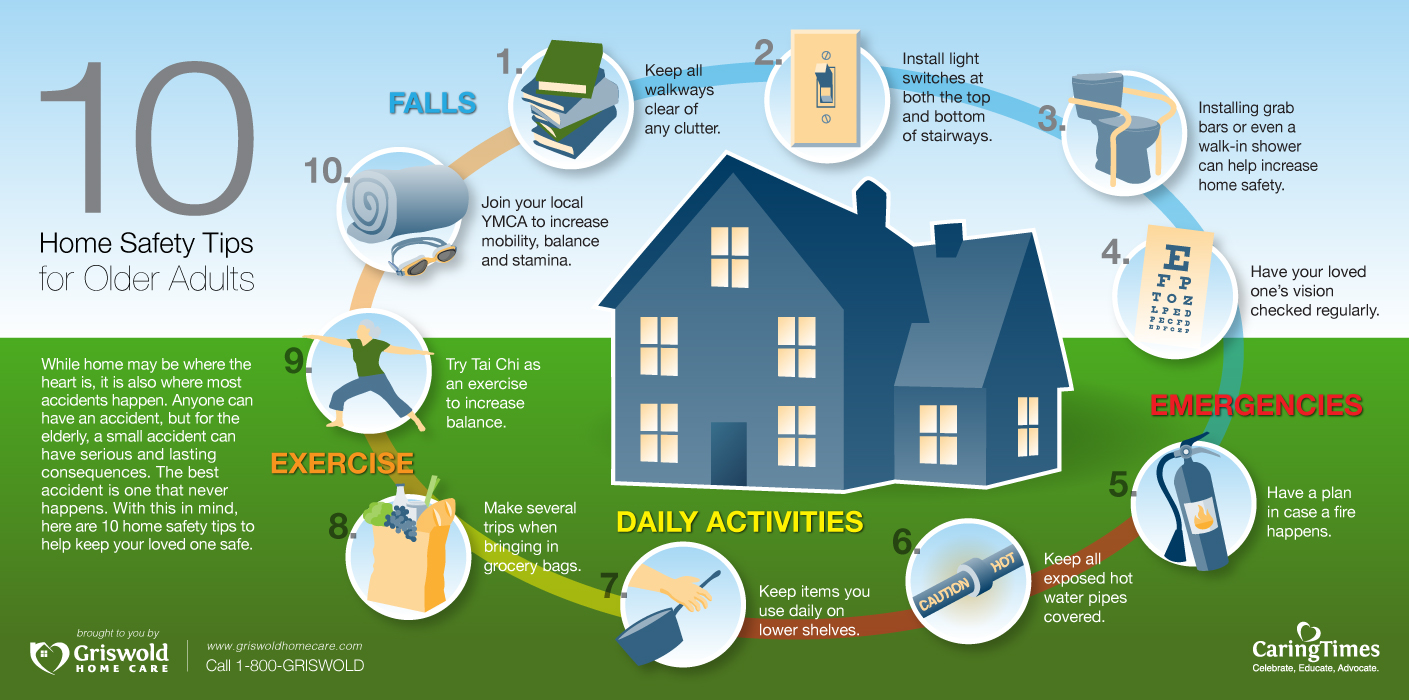Specialist Guidance For A Detailed Roof Covering Analysis
Specialist Guidance For A Detailed Roof Covering Analysis
Blog Article
Web Content Writer-Berger Pape
To ensure your roof covering remains in top problem, professional pointers for a thorough examination can make all the distinction. By understanding the art of taking a look at key locations and identifying typical red flags, you can potentially save yourself from costly fixings down the line. So, are you ready to take the initial step in safeguarding your home and boosting your roofing's durability?
Roof Inspection Preparation
Prepare for your roof covering examination by gathering needed devices and safety equipment. Start by ensuring see this have a strong ladder that gets to the roof safely. Additionally, get hold of a pair of long lasting job gloves to secure your hands from any kind of sharp edges or particles. A trustworthy flashlight will certainly also be available in helpful, specifically if you're inspecting the roof covering in dim illumination problems.
Next, gather a caulking gun and roof sealant to address any minor leakages or damages you might come across during the evaluation. A measuring tape will certainly assist you accurately assess the dimensions of any trouble locations. Do not neglect to bring a note pad and pen to take down notes or design layouts if needed.
Finally, focus on security by putting on non-slip shoes to stop accidents while climbing on the roof. Think about utilizing a harness or ropes for added security, particularly on steep roofing systems.
Trick Locations to Take A Look At
Check the roof's essential areas thoroughly to make sure a thorough assessment of its condition. Begin by examining the roof shingles or roofing material. Search for any kind of indications of damages such as fractures, missing out on pieces, or curling edges.
Inspect the flashing around chimneys, vents, and skylights for any type of rust or voids that might bring about leakages. Inspect the gutters for debris accumulation and ensure they're securely affixed to the roofing. Pay very close attention to the roofing system valleys where water drainage is focused, as these locations are more prone to leaks.
Next, analyze https://stpetecatalyst.com/st-pete-roofing-company-grows-footprint-after-sale/ and fascia for any kind of signs of rot or damage, as these parts are essential for appropriate air flow and protection versus dampness. Evaluate the attic room for any kind of indications of water damage, such as discolorations or mold development, which might suggest a dripping roofing system.
Last but not least, examine the seals around air vent pipes and other roofing system infiltrations to ensure they're undamaged and watertight. By completely examining these key areas, you can determine any possible issues and address them immediately to preserve the honesty of your roofing system.
Common Roof Red Flags
Watch out for common roof warnings that can show possible problems with your roofing system's problem. Missing out on or harmed tiles are a clear sign that your roofing system may be endangered. Search for curling, distorting, or blistering shingles also, as these can point to weathering or poor installment.
Water stains on your ceiling or wall surfaces are a warning for a leaky roofing that requires prompt focus. Look for indicators of moss or algae growth, as these can indicate trapped moisture, which might result in rot. If you see granules from asphalt tiles in your rain gutters, it can indicate your roof covering is nearing the end of its life-span.
Sagging areas on your roof recommend structural damages and needs to be attended to without delay. Finally, daytime coming through the roof covering boards in your attic indicates a need for roof covering fixings. Keeping an eye out for these common warnings can aid you capture roof covering issues early and prevent costly damages.
Final thought
Finally, carrying out regular roof covering assessments is important for recognizing and addressing concerns prior to they rise. By utilizing the right tools and safety equipment, concentrating on vital locations, and being on the lookout for usual red flags, you can make certain the longevity and stability of your roofing.
Remember, very early discovery and punctual repair work can conserve you time and money in the long run. Keep positive and keep your roof in leading problem.
